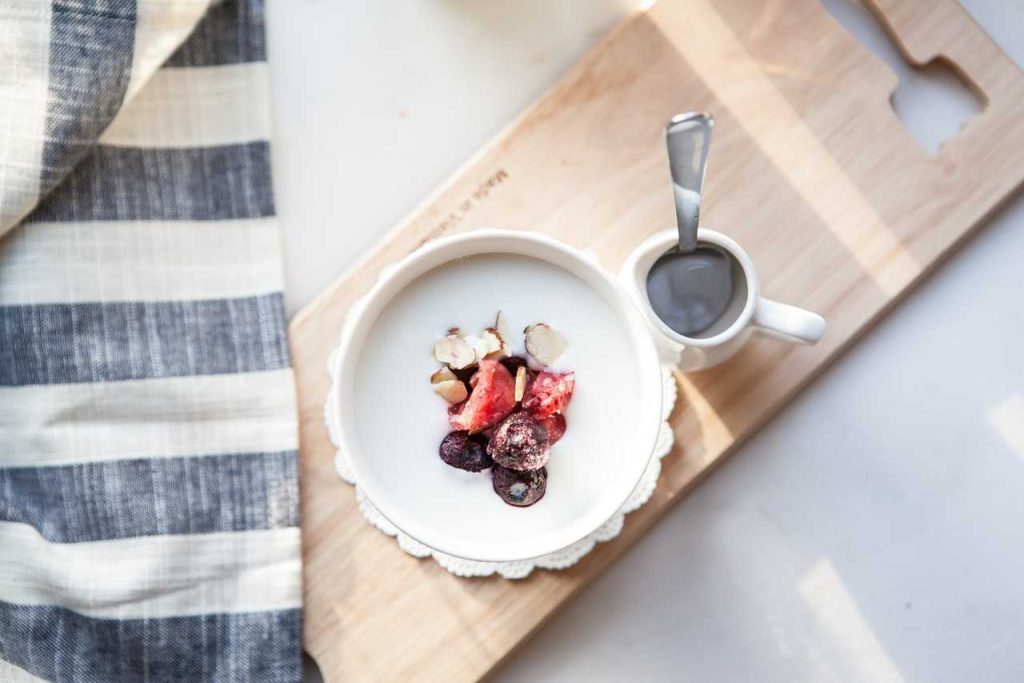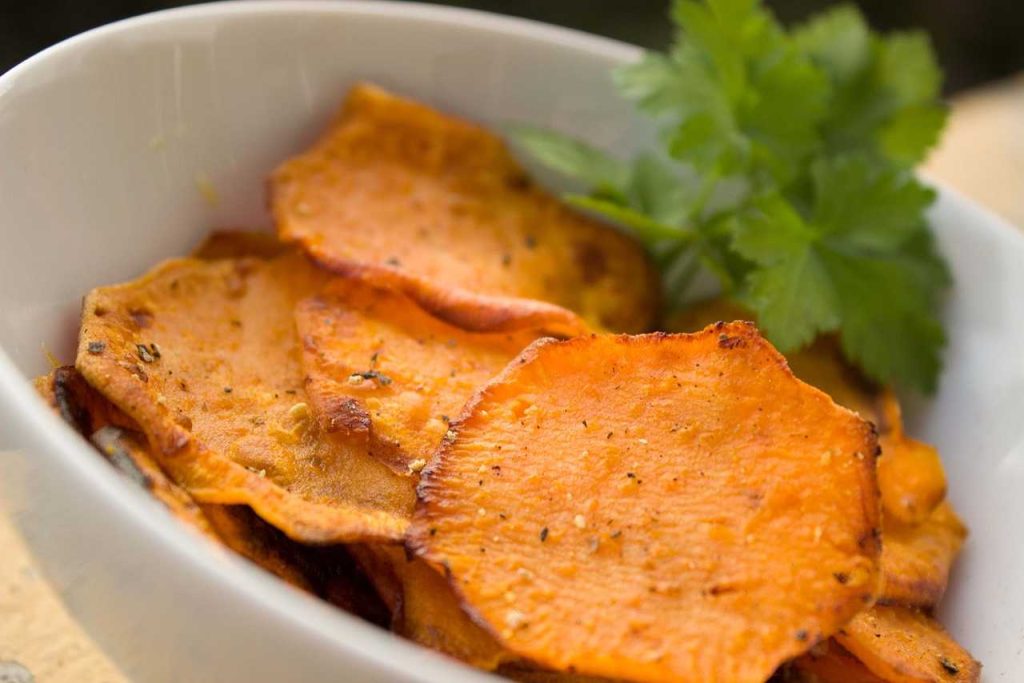Food is not just about taste or nutrition; it’s about feeling satisfied after eating. If you often find yourself hungry shortly after a meal, it’s likely because your meals aren’t filling enough. But don’t worry! You don’t need to spend a lot of money to make your meals more substantial. With a few smart tweaks, you can enjoy meals that keep you full longer without breaking the bank.
Here are 15 cheap ways to make your meals more filling:
1. Incorporate Whole Grains
Whole grains such as brown rice, quinoa, oats, and whole wheat pasta are excellent sources of fiber. Fiber takes longer to digest, helping you feel fuller for a longer time. Swapping white rice for brown rice or regular pasta for whole wheat pasta can make a significant difference in satiety.
Budget Tip: Buy whole grains in bulk to save money. You can often find large bags of brown rice or oats for a fraction of the cost of processed grains.

2. Add Beans and Lentils
Beans and lentils are packed with protein and fiber, making them a perfect addition to any meal. They’re incredibly versatile—you can use them in soups, salads, stews, or even as a side dish. Black beans, chickpeas, lentils, and kidney beans are all affordable and available year-round.
Budget Tip: Opt for dried beans instead of canned; they’re cheaper and can be easily prepared in bulk.
3. Include Eggs
Eggs are a budget-friendly source of high-quality protein and healthy fats. They are incredibly versatile, too—you can boil, scramble, fry, or bake them. Adding eggs to your meals, whether as a side or the main event, will make them more filling.
Budget Tip: Eggs are one of the cheapest proteins around, and buying in bulk can reduce the cost even more.
4. Opt for Potatoes
Potatoes, especially sweet potatoes, are incredibly filling due to their high fiber and starch content. They are also rich in essential vitamins like Vitamin C and B6. Whether mashed, baked, or roasted, potatoes can make any meal more satisfying.
Budget Tip: Potatoes are inexpensive and can last a long time when stored correctly. Stock up when they’re on sale!
5. Add Healthy Fats
Healthy fats take longer to digest, helping you feel full longer. Adding inexpensive sources of healthy fats like olive oil, avocado, nuts, and seeds to your meals can increase satiety. For example, drizzling a bit of olive oil over your salad or adding some nuts to oatmeal can make a big difference.
Budget Tip: Buy olive oil in large containers to save, and opt for budget-friendly nuts like peanuts and sunflower seeds.
6. Bulk Up with Vegetables

Vegetables are not only nutritious but also low in calories and high in fiber. Adding extra vegetables to your meals allows you to eat a larger portion without consuming many calories. Leafy greens like spinach, kale, or cabbage are great for bulking up soups, stews, and stir-fries.
Budget Tip: Choose seasonal vegetables or frozen ones, as they are often cheaper and last longer.
7. Incorporate Protein-Rich Foods
Protein is one of the most filling macronutrients. Adding budget-friendly protein sources like tofu, chicken thighs, canned fish (tuna or salmon), or yogurt to your meals will make them more satisfying.
Budget Tip: Buy larger packs of protein sources, portion them, and freeze what you don’t use right away.
8. Use Chia Seeds or Flaxseeds
Chia seeds and flaxseeds are tiny but mighty. They absorb liquid and expand in your stomach, making you feel fuller longer. You can sprinkle them over salads, add them to smoothies, or use them in oatmeal or yogurt.
Budget Tip: While chia and flaxseeds may seem expensive upfront, a little goes a long way. You only need a small amount to make a big impact.
9. Drink Water Before Meals
Sometimes, feelings of hunger are actually your body telling you it’s thirsty. Drinking a glass of water before your meal can help prevent overeating and make you feel fuller faster. Water also helps digest fiber-rich foods, so drinking it with meals that contain beans, whole grains, or vegetables can aid digestion and increase satiety.
Budget Tip: Water is free and one of the easiest ways to reduce hunger and overeating!
10. Add Oats to Smoothies and Desserts
Oats are not just for breakfast! You can add rolled oats to smoothies or use them as a base for healthy desserts. They absorb liquid and swell, making you feel fuller longer without adding many extra calories.
Budget Tip: Oats are incredibly cheap when bought in bulk, and they have a long shelf life.

11. Incorporate More Fiber
Fiber is essential for keeping you full longer. Foods like vegetables, fruits, whole grains, and legumes are naturally high in fiber. Adding a side of a fiber-rich food to your meal, like a piece of fruit or a fiber-filled vegetable, can help you feel more satisfied.
Budget Tip: Cabbage, carrots, and apples are inexpensive sources of fiber that you can easily add to meals.
12. Add Greek Yogurt
Greek yogurt is high in protein and can be used in a variety of ways, from smoothies to dips to salad dressings. It’s thicker and more filling than regular yogurt, making it a great addition to meals or as a snack on its own.
Budget Tip: Buy larger containers of plain Greek yogurt and portion it out. It’s cheaper than individual servings and has multiple uses.
13. Use Nuts and Nut Butters
Nuts and nut butters like peanut butter or almond butter are rich in healthy fats and protein, which help to keep you full. Adding a tablespoon of nut butter to your toast or oatmeal, or sprinkling some nuts over a salad, can boost the meal’s filling factor.
Budget Tip: Peanut butter is one of the most affordable nut butters and can be used in many meals and snacks.
14. Add Cheese
Cheese adds flavor and a filling boost of protein and fat to meals. You can sprinkle it over salads, add it to soups, or include it in casseroles. Just a small amount can make a meal feel more satisfying.
Budget Tip: Buy cheese in bulk or shredded form to save money. Look for sales or store brands for the best deals.
15. Include Whole Eggs in Baking
Using whole eggs in baked goods like muffins or pancakes can increase the protein and fat content of the meal, making it more filling. Eggs are an excellent and inexpensive source of nutrients that help keep you fuller for longer.
Budget Tip: Instead of using just egg whites in recipes, use the whole egg to take full advantage of the nutrients and filling properties.
Conclusion
Eating filling, satisfying meals doesn’t have to be expensive or complicated. By making small adjustments, like adding whole grains, vegetables, protein, and healthy fats, you can turn budget-friendly meals into nutritious, filling feasts. These cheap ways to make meals more filling not only save you money but also keep you feeling full and energized throughout the day. With a little creativity, you can enjoy meals that taste great, are good for you, and help keep your budget intact!

